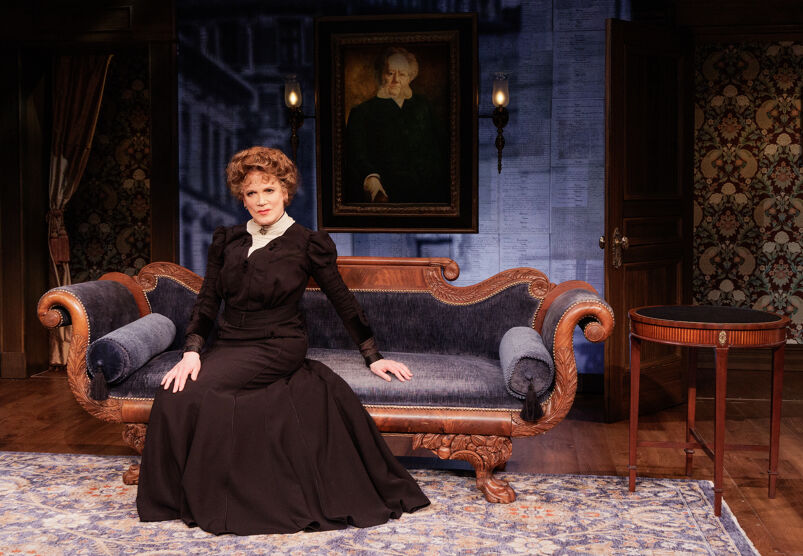
Anyone who had a zealous high school English teacher or suffered through a college Theater 101 class has likely encountered Henrik Ibsen. Arguably one of the great playwrights and directors of the 19th century, Ibsen’s later works — A Doll’s House and Ghosts among them — pushed the boundaries of social mores. And nobody knows how to do that better than actor, playwright, cabaret performer, and drag legend Charles Busch.
Busch has written and starred in more than 25 plays, including the long-running Psycho Beach Party, Die Mommie Die, and Vampire Lesbians of Sodom. But he’s also fascinated with the classics and currently turns his gaze on the Norwegian poet and dramatist in Ibsen’s Ghost, imagining what life might be like for his widow Suzannah.
Busch reunites longtime collaborators, including director Carl Andress and a colorful ensemble adept at chewing scenic designer Shoko Kambara’s parlor room setting. Exquisitely dressed to mourn and beguile in Gregory Gale’s costumes, he’s a master of the raised eyebrow and titled chin — a drag original that has laid the foundation for RuPaul alums like Jinkx Monsoon and Bianca Del Rio.
How about we take this to the next level?
Subscribe to our newsletter for a refreshing cocktail (or mocktail) of LGBTQ+ entertainment and pop culture, served up with a side of eye-candy.
Queerty caught up with Busch between performances to chat about his drag inspiration, onstage mishaps, and what it’s like living in the original heart of queer New York City — Greenwich Village.
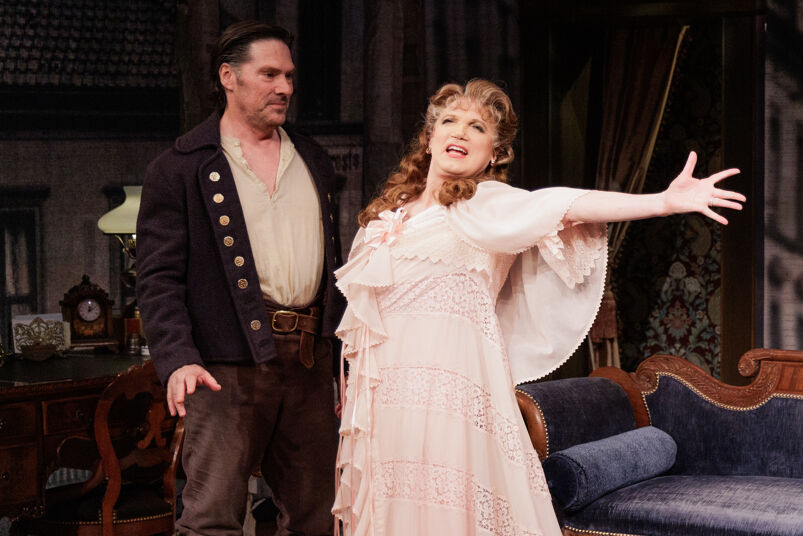
Of all the late, great widows to bring to the stage, I was drawn to Suzannah Ibsen because …
In reading various biographies of Ibsen, they told of how his wife was a major figure in his life and his work. She was very much the woman behind the man, but there was almost nothing about her psychological makeup. That left me free to imagine the complexity of her relationships with Ibsen and her formidable stepmother, Magdalene Thoresen, who was also a successful playwright and novelist. I thought it would be interesting and fun if Suzannah had elements of Ibsen’s great heroines like Hedda Gabler and Mrs. Alving, and that would allow me as an actor to play some of my favorite moments from Ibsen’s plays.
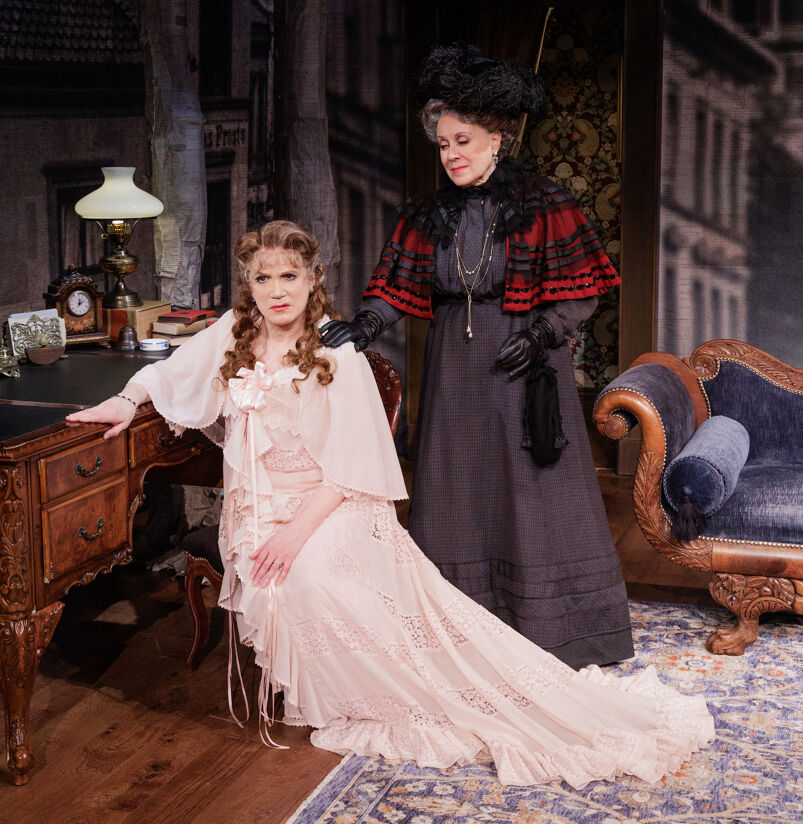
Powerful women make the most interesting character studies …
Every one of my plays has been centered around a female protagonist. I was raised in a matriarchal family, surrounded by emotionally complex women of great wit. Perhaps that led to my fascination with the pantheon of women stars of the Golden Age of Hollywood and theater. The line between those stars and the women in my family was fuzzy. My Aunt Lil, who adopted me, identified with the actresses Ida Lupino and Katharine Hepburn, and I saw elements of Vivien Leigh in my delicate but tempestuous sister Margaret.
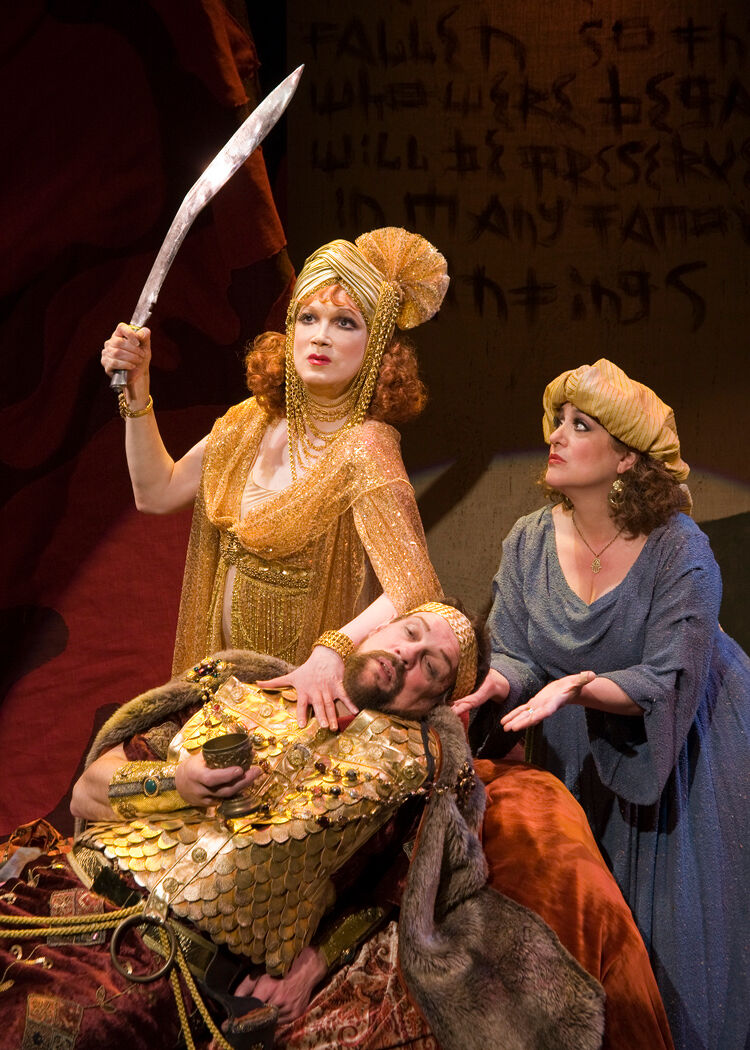
I live in Greenwich Village, the original queer heart of NYC. What I love most about the neighborhood is …
I love that it’s somewhat frozen in time. The view from my window on Abingdon Square is pretty much the same as it would have been when the building was built in 1939. The storefronts frequently change but not the architecture. As a child, my oldest sister Betsy lived in the Village and would regale me with her adventures in a neighborhood with streets that sounded out of a fairy tale: MacDougal Street, Patchin Place, and Minetta Lane. I made a secret vow that if I could just make it through childhood, I’d live there. And I have for 40 years.
I once referred to the far right’s hostility toward drag as “snare and delusion.” The art form will never disappear because …
Because women are fascinating and are allowed a flamboyance that society forbids men. And so, men who are in touch with the feminine within them are drawn to drag as a creative path. That ain’t never going away. The irony is that except for female pop stars, actresses today aren’t encouraged to be bigger than life, so people are drawn to drag stars to fill that niche.
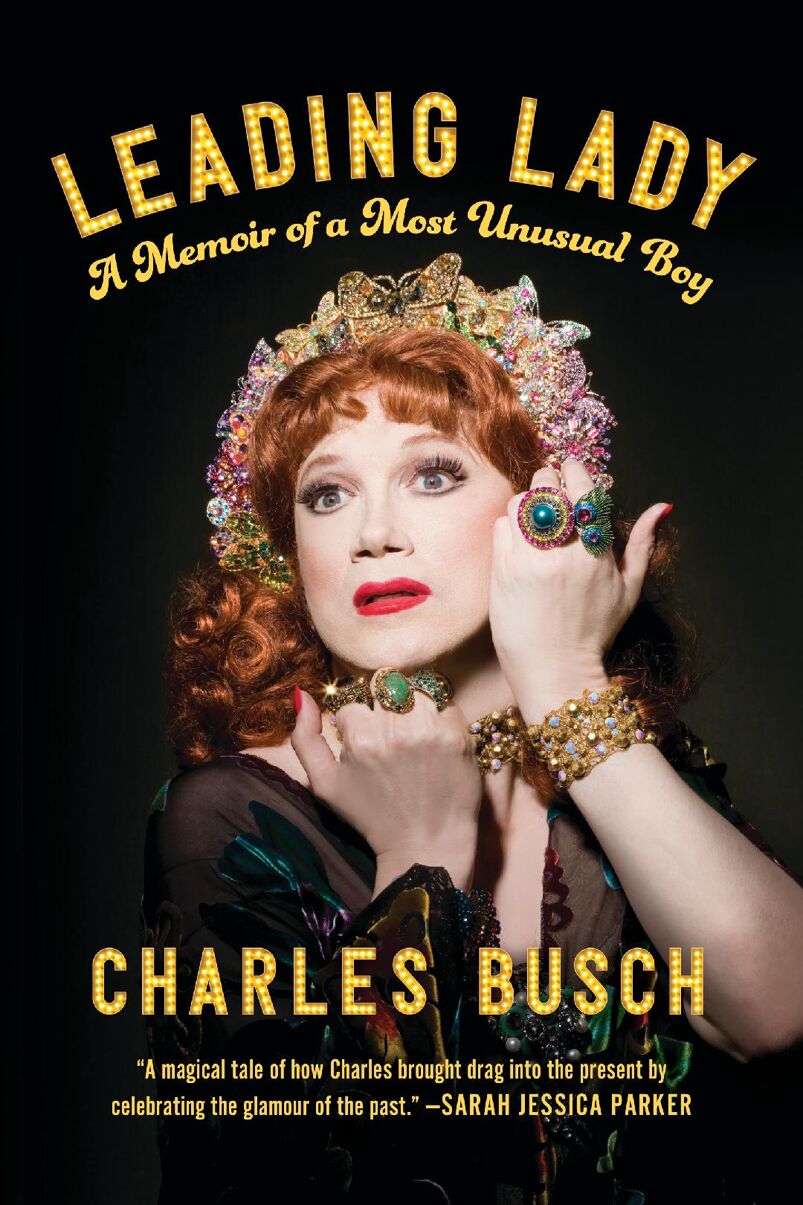
The queer theatermaker everyone should be paying attention to right now …
There are a number of brilliant artists employing drag in interesting ways; Jinkx Monsoon and Sasha Velour certainly come to mind. Cole Escola is having great success in the theater with their play Oh Mary! It’s a bit disconcerting when my name is referenced as being an influence along with artists who are long deceased. When my friend Joan Rivers heard Kathy Griffin and other comediennes say that Joan opened doors for them, Joan would reply “Yeah, and I’ll snap that door on their fingers if they get too close.” She was still in the game and, I guess, so am I.
Related:
Cole Escola & Conrad Ricamora go back in the closet to dish on being queer, playing dress-up & more
One of NYC’s biggest theater hits of the season can be found downtown, where Cole Escola’s play flips the script on Mary Todd Lincoln.
The show that changed my life …
My life certainly changed when I was seventeen and first saw the legendary actor/playwright/director Charles Ludlam play Marguerite Gautier in Camille. I had assumed that a theatrical experience was strictly the Broadway musicals and plays I’d seen growing up in NYC. Here was a charismatic artist playing a female role, combining outrageous humor and poignancy. Ludlam had created his own theater company, wrote his own plays, and was in control of his destiny. It changed the direction of my dreams and opened my imagination to endless possibilities.
At my dressing table, you’ll find …
For years I’ve used Mark Traynor face lift tapes — tape attached to elastic straps that yank your face up and attach to the top of your head to give a more youthful, stylized look. In Ibsen’s Ghost, for the first time, I’m playing a character my own age, and so I’ve put aside the lift tapes. And as the play’s run has gone on, I’ve shockingly stopped applying false eyelashes. People tell me I look fine without ’em. All in the name of realism.
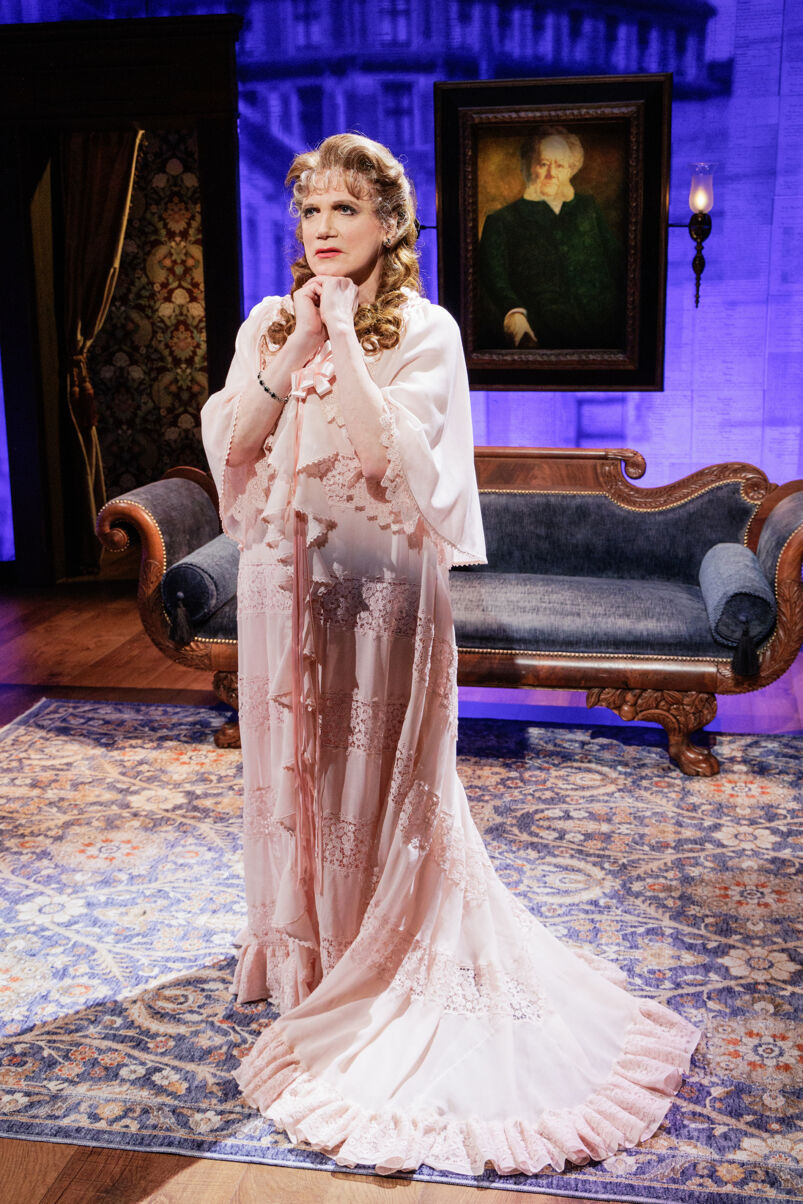
My biggest onstage mishap happened when …
Around 20 years ago, I played the title role of “Auntie Mame” for a brief summer stock tour. It was a complicated show with lots of scenery. On our opening night in Ogunquit, Maine, we never got through the final tech rehearsal. The show started over an hour late and not only was the scenery rolled on at bizarre angles, none of the props were there. It was truly hilarious when the phone would ring, and there would be no phone onstage to pick up. Try to improvise your way out of that one.
In the penultimate party scene towards the end of the play, Mame is supposed to serve her guests tall cocktails and then light them aflame. However, this night, there were no drinks and no lighter. At one point, a burly stagehand walked on stage and handed me a Bic [lighter]. I was forced to stop the show and explain to the audience what they were missing. A night none of us will forget. But then, that is part of the joy of the magical world of powder and paint.
Ibsen’s Ghost, presented by Primary Stages at 59E59 Theaters, runs through April 14 in New York City.
This article includes links that may result in a small affiliate share for purchased products, which helps support independent LGBTQ+ media.


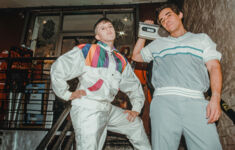


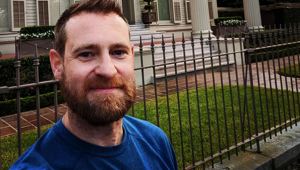
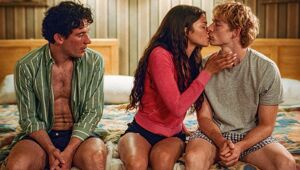








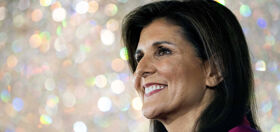
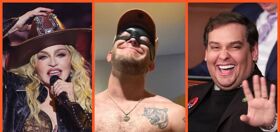




Paulie P
It was truly hilarious when the phone would ring, and there would be no phone onstage to pick up. Try to improvise your way out of that one.
Lypsinka has made that her schtick forever..
Come on Charles.. you reach for the imaginary phone. 🙂
ShaverC
Charles has nothing to worry about with Cole Escola.
Terry
I disagree. I think Cole Escola is freaking hilarious. If you haven’t watched their short film on YouTube about the mom who loses it one day, you should. Or the Dateline interview about the murders. So funny.
I love Charles Busch too. I could never understand why Psycho Beach Party (the film) wasn’t a bigger hit – it’s a classic. So incredibly funny. And yet most drag-obsessed gays don’t seem to have heard of it!